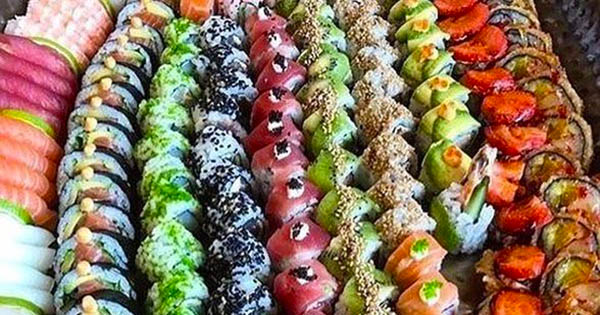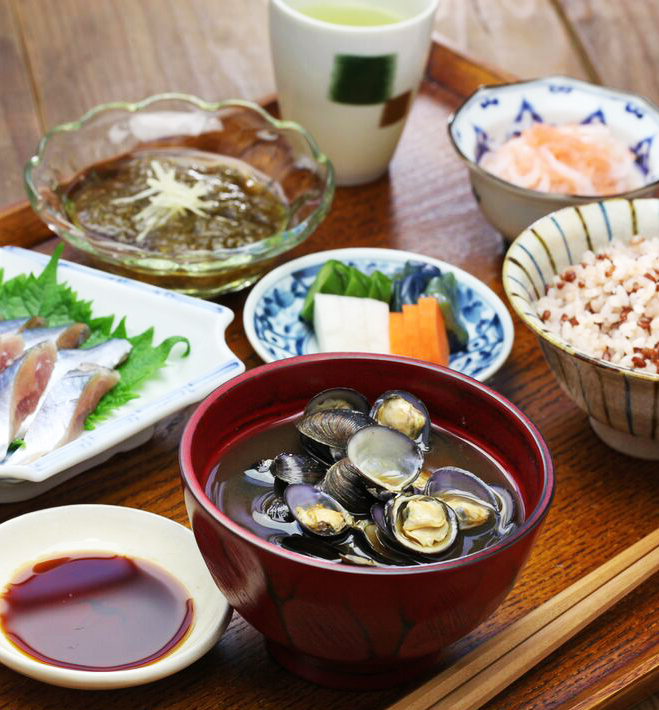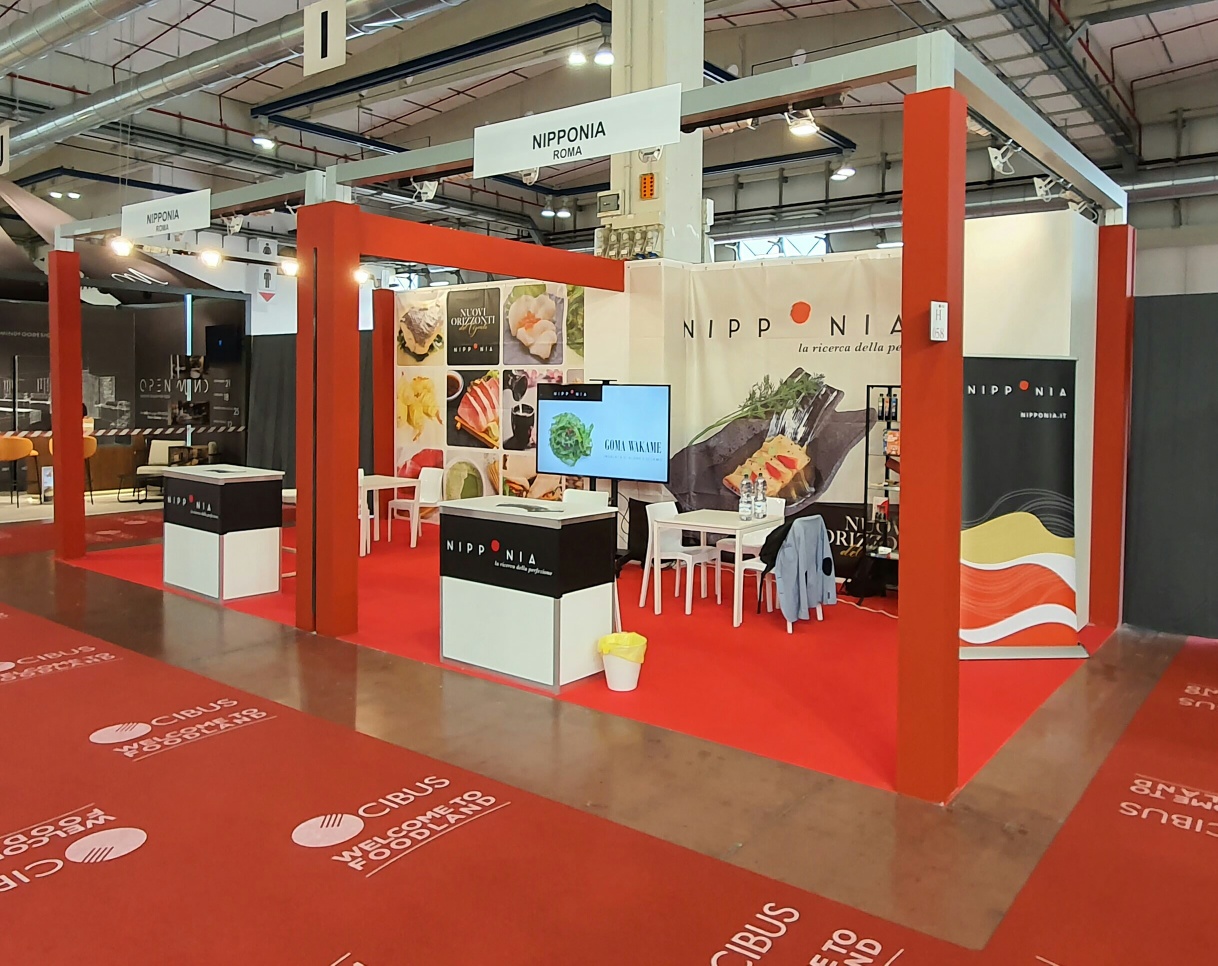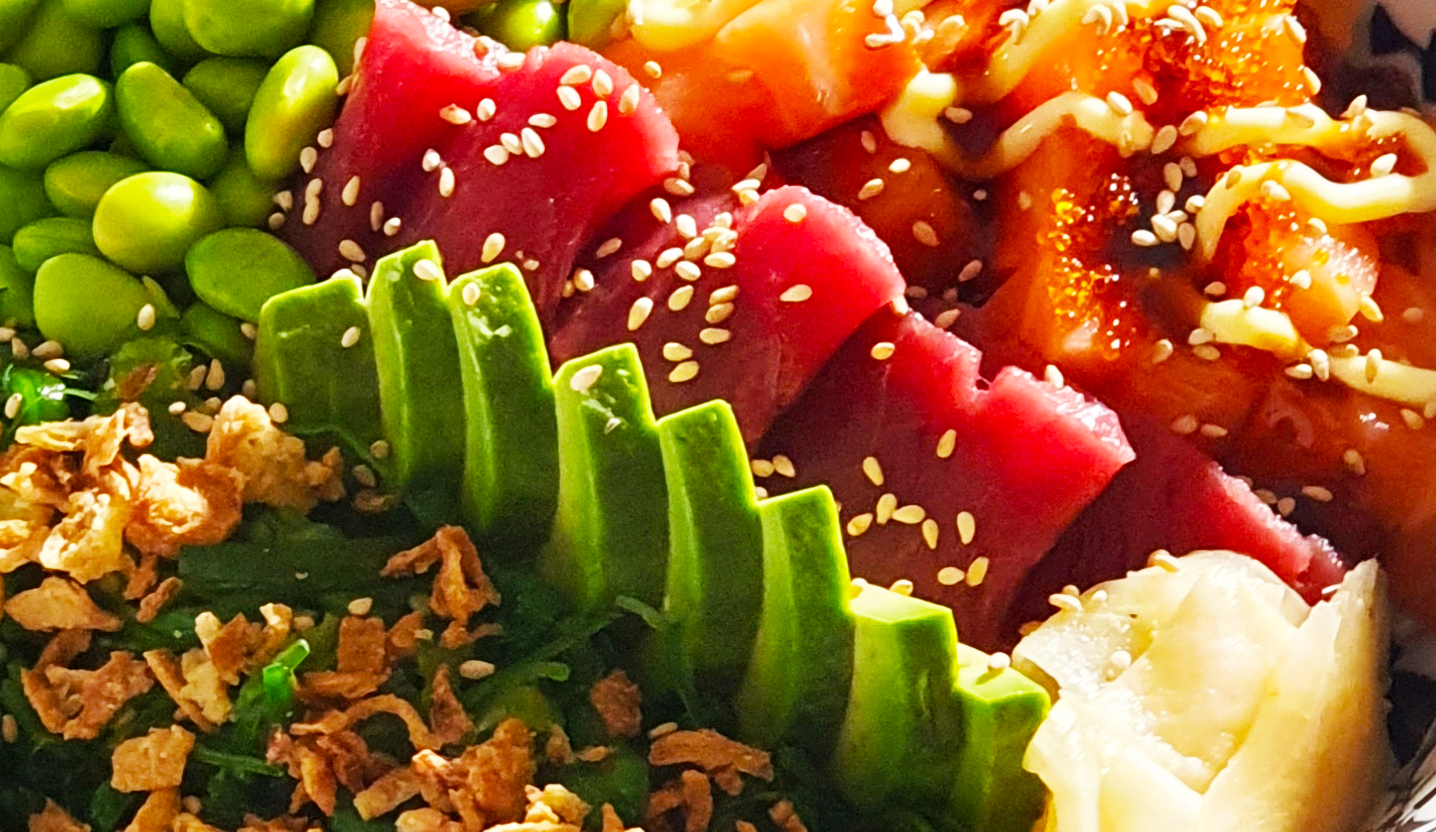Are you wondering what the quality of sushi is like at Eat as much as you want?
In the 1980s/90s sushi and Japanese dining in general were considered elite cuisines for the lucky few: only big actors, businessmen, soccer players, and politicians could afford to spend big bucks on a dinner, even one that was rather light in content. Today, sushi has become as popular as pizza or hamburger, and the low prices have allowed widespread distribution to all walks of life. But how did they do it?
With a brilliant insight they broke all the rules of commerce and catering, relying on the law of large numbers and statistics. Over the past 15 years, eating Japanese with an eye on the wallet is now possible, thanks to All You Can Eat. And also with an eye on quality, that’s why.
First, it should be noted that Eat As Much As You Want restaurants were not invented in China, but in America, in Las Vegas, where at midnight you could eat in all-you-can-eat buffets. Here in Italy, it was the revolutionary insight of some Chinese entrepreneurs that turned the rules of the market upside down and made sushi a successful dish within everyone’s reach. But how is this possible while maintaining a standard quality?
Well, just make two statistical calculations. Let’s imagine that a normal person can eat 100 grams of food to which give a cost of 10
How do you make money with an Eat As Much As You Want?
If the couple goes to eat at a restaurant it is likely that he will eat 120 and she 70, the average is 95, the restaurant earns 0.50. If we do a similar account on a family of 4, he, she and two children, the gain increases. 120+70+40+30=260÷4=65.
So to those who think that the All You Can Eat system is based on saving money, they are wrong.
The system is so ingenious that it has also been adopted in other traditional food service industries: pizza, meat, fast food, etc.
According to a survey by the website “Vice.com” which interviewed those who work in AYCEs, the worst customers are precisely “those who order too much. Some people order nigiri, futomaki, uramaki, maki and chirashi as soon as they get to the table and you already know they won’t finish them,” explains an interviewed waiter named Wei. So, since generally the rule at AYCEs is order as much as you want but don’t waste anything, “we see everything, we’re used to people who can’t finish their plates. But we usually always let go, it’s not a problem.” Sometimes they “pretend the plate is not theirs. I always see what they have ordered, what has arrived and what has not.”
Annalena De Bortoli, coordinator of the Japanese Restaurateurs Association in Italy, explains the AYCE system in an interview with “Il fatto quotidiano.” “All you can eat” seafood offerings typically include salmon, white fish, shrimp tuna, and little else-a narrow range that are easy to optimize in purchases due to the large quantities consumed. Raw fish is combined with many other dishes that usually involve a considerable amount of rice or pasta, that is, low-priced, high-yield products that fill up easily.”
All You Can Eat system explained
it is clear that there are those who apply it correctly and offer good quality at an affordable price and those who get it all wrong and save on staff (improvised chefs or those without the right experience), ingredients (poor quality ingredients) and the quality of the finished product, but this can be understood immediately, just by seeing how busy the restaurant is. In this world no one gives anything away, if a restaurant is full it means it is doing well in its business.
In summary, in the words of the “Cogito et Volo” website, “in Japanese All You Can Eat, low prices and costs are ensured by economies of scale, while customers who choose a “premium” experience allow the restaurant to increase revenue. This is a win-win situation that benefits everyone, customers who want to eat Japanese food inexpensively, those who are willing to pay a little more to have special dishes, the restaurant making money, and the entire supply chain handling higher numbers.”
According to a September 2018 Tg3 investigation, “Italians are devouring sushi. In 2017, the increase was 70 percent with a total of 47 thousand kilos of sushi ordered, to women the scepter of consumers, they are the ones who order sushi at home for almost 60 percent.”
According to some recent studies, 82 percent of sushi consumers in Italy ate it the first time in an AYCE. Forty-six percent of these within 24 months of their first time feel the need to try sushi at a la carte or higher level restaurants. Finally, a note of color: in early February, sushi, now a regular consumption of most Italian households, entered the Istat basket for the first time.




